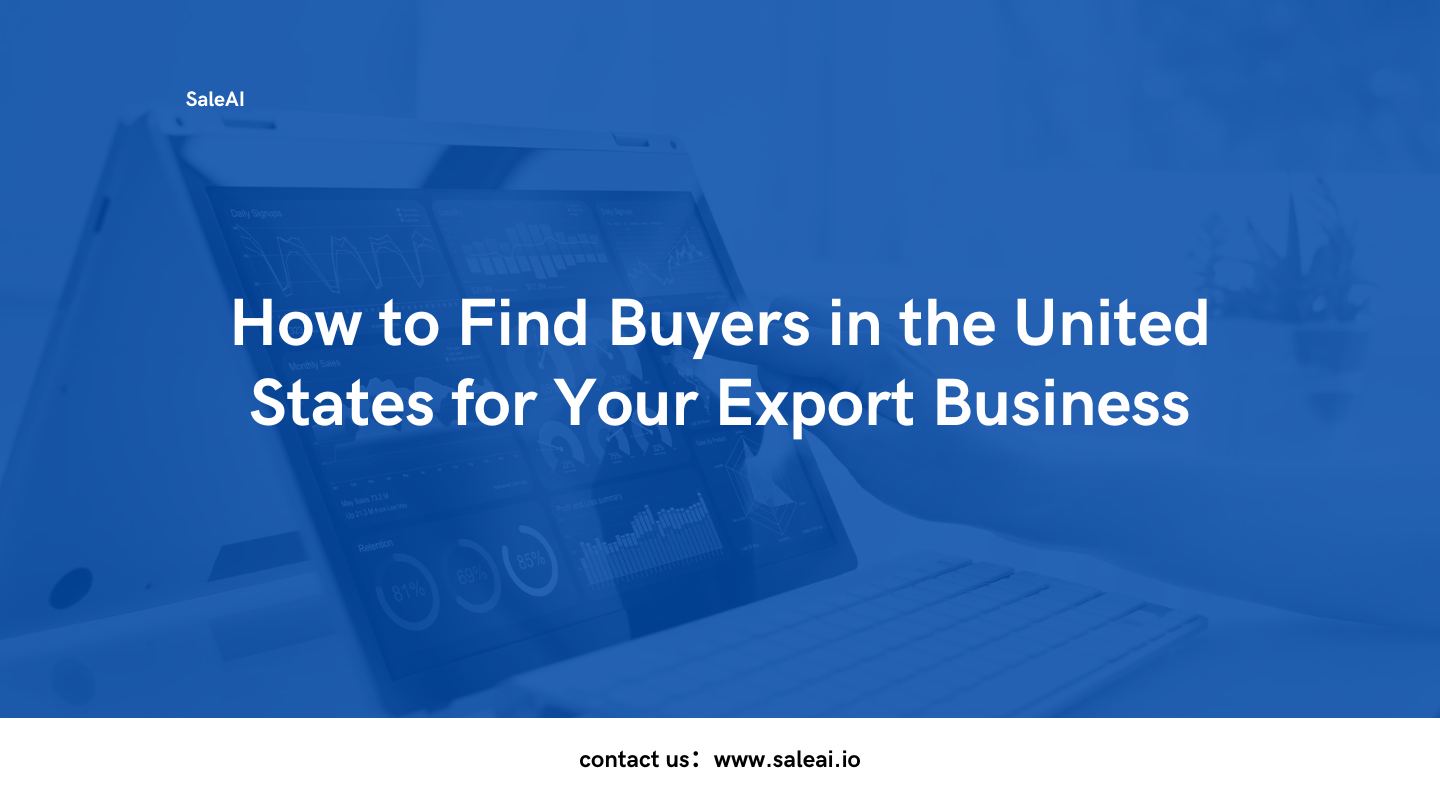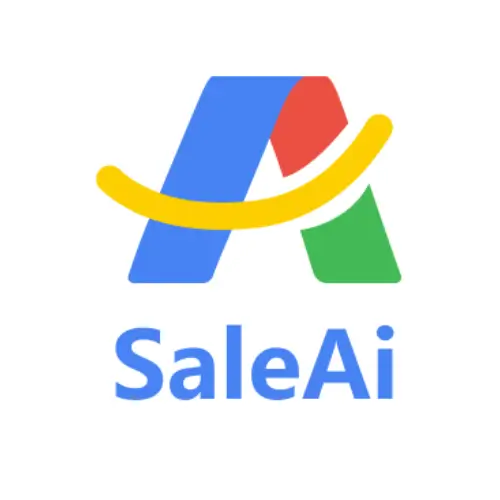
The United States remains thelargest and most dynamic import market in the world, accounting for over$3 trillion in annual imports. For global exporters, securing U.S. buyers means entering a high-value, high-potential market.
But breaking into the U.S. isn’t easy:
✅ Fierce competition
✅ High buyer expectations
✅ Regulatory complexity
✅ Difficulty identifying real decision-makers
To succeed, exporters need atargeted, data-driven approach.
🔍 Why the U.S. Market Matters
✅ Massive purchasing power across B2B and B2C
✅ Diversified industries (retail, tech, manufacturing, consumer goods)
✅ High demand for overseas manufacturing, components, and innovation
✅ Strong digital buyer presence—especially on LinkedIn and industry platforms
⚠️ Common Challenges Exporters Face
-
“I don’t know where to start.”
-
“I keep getting fake or outdated contact info.”
-
“My emails get ignored.”
-
“LinkedIn outreach has no engagement.”
Most of these problems come frompoor targeting and lack of data enrichment.
✅ Step-by-Step: How to Find U.S. Buyers Effectively
Step 1: Use Market Intelligence to Prioritize U.S. Buyer Segments
Start by analyzingimport trends and buyer concentrationusingTradeLink AI Insights.
This tool lets you:
-
Identify which U.S. states or cities import your category most
-
Spot industry demand shifts
-
Benchmark competitors’ buyer bases
→ Example: For lighting exporters, California and Texas may show consistent demand spikes for industrial and residential fixtures.
Step 2: Build a U.S. Buyer Profile List with Real Contacts
UseAutomated Business Datato generate buyer lists based on:
-
Industry
-
Company size
-
Location
-
Import behavior
Then useCorpDomain Checkto validate whether the company has:
✅ U.S.-registered domain
✅ Active website
✅ Verified contact persons
✅ Email deliverability
Step 3: Engage Decision-Makers via LinkedIn & Email
With valid buyer profiles, activate outreach via:
-
EnterpriseScopeto identify key roles (procurement, purchasing, executives)
-
Automated Social Datato enrich with LinkedIn profiles
-
Email SmartReachto run automated drip campaigns with buyer-specific messaging
→ Sample sequence:
-
LinkedIn connection
-
Message about U.S. market match
-
Email follow-up with offer or case study
-
Chat automation viaCognitive Automation Ally
Step 4: Follow Up with Smart Automation
Most B2B deals in the U.S. take3–5 follow-upsbefore reply.
UseCognitive Automation Allyto:
-
Chat in real time
-
Auto-respond to inquiries
-
Qualify leads 24/7
-
Hand off hot leads to your sales team
🧩 Mini Case: B2B Exporter from Vietnam
A Vietnamese furniture exporter used SaleAI to enter the U.S. market:
✅ Identified top states importing wood products
✅ Mapped 1,200 potential buyers via Automated Business Data
✅ Ran 3-stage email + LinkedIn campaigns with localized offers
✅ Closed 9 new distributor contracts in 60 days
💡 Final Tips
-
Prioritize by U.S. region: Northeast, Midwest, West Coast have different needs
-
Always localize messaging (e.g. use imperial units, USD, U.S.-style formatting)
-
Follow U.S. business culture—short, direct, result-oriented communication
-
Focus onindustry-specific buyer pain points, not just product features
🚀 SaleAI: The Smart Way to Find U.S. Buyers
To recap, SaleAI gives you:
✅TradeLink AI Insights– Market demand intelligence
✅Automated Business Data– Buyer database
✅CorpDomain Check– Lead validation
✅EnterpriseScope– Decision-maker mapping
✅Email SmartReach– Email campaigns
✅Cognitive Automation Ally– Chat engagement
Ready to find your next U.S. buyer?
👉Explore how SaleAI can help today




